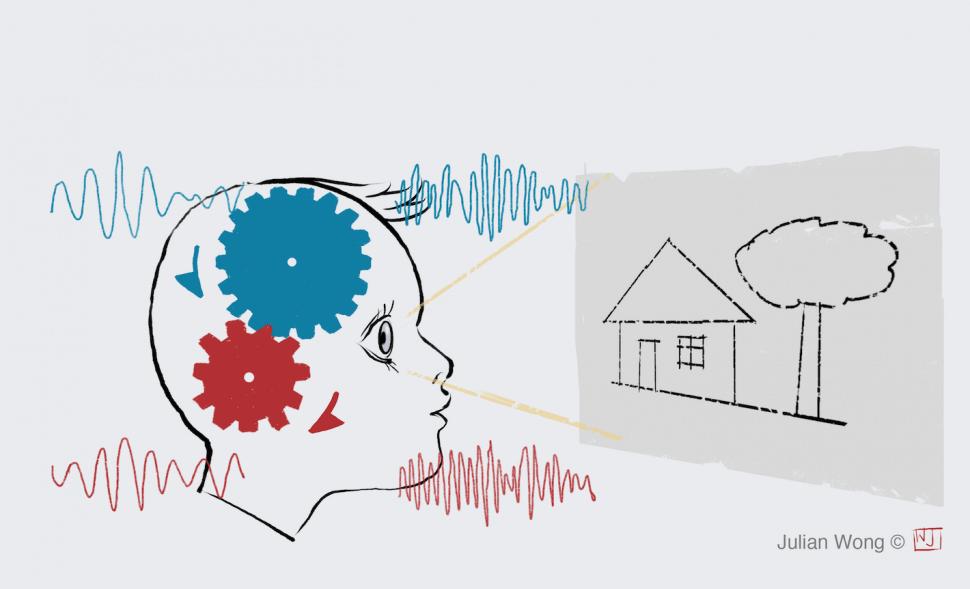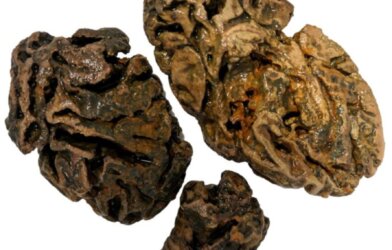In a quest to understand the assimilation of memories, a research team at Wayne State University in Detroit discovered that communication between two regions in the brain — already known to be important to memory — determines how what we experience becomes part of what we remember. As these regions mature, the precise ways in which they interact also mature, enhancing the retention of memories.
The medial temporal lobe (MTL) and prefrontal cortex (PFC), are the two regions of the brain with key roles in supporting memory formation, accounting for the great increase in memory capacity between childhood and adulthood. Researchers examined data recorded simultaneously from the MTL and the PFC in neurosurgical patients. Both children and adults children were trying to memorize pictures of scenes. They studied the data to determine how MTL-PFC interactions support memory development.
“We started by identifying two distinct brain signals – oscillations that one can think of as fluctuations in coordinated electrical brain activity, both in the theta frequency, a slower (~3 Hz) and a faster (~7 Hz) theta – that underlie memory formation in the MTL. We then continued to isolate unique effects that these fast and slow theta oscillations play in MTL-PFC interactions,” explains Noa Ofen, Ph.D., associate professor of psychology in the school’s College of Liberal Arts and Sciences. “We found that both oscillations underlined MTL-PFC interactions but in complementary, unique ways and were excited to also find that these distinct signatures of interactions between memory regions dictated whether a memory was successfully formed.”
Curious about the underlying anatomical infrastructure that gives rise to interactions that support memory, the team paired their findings with diffusion-weighted MRI data from a subset of subjects. They discovered that the neurophysiological signatures of memory development were linked to the structural maturation of a specific white matter tract – the cingulum.
“Putting the pieces together, this research reveals that key memory regions interact via two increasingly dissociable mechanisms as memory improves with age,” said Elizabeth Johnson, Ph.D., assistant professor of medical social sciences and pediatrics at Northwestern University.
“Findings suggest that the development of memory is rooted in the development of the brain’s ability to multitask – here, coordinate distinct slow and fast theta networks along the same tract. This tells us something fundamental about how memory becomes what it is.”
The study is published in Current Biology.












